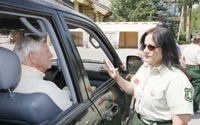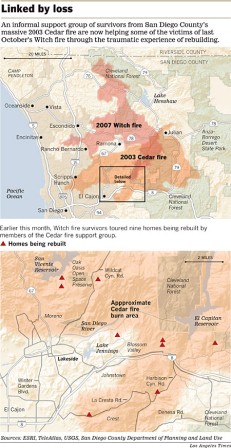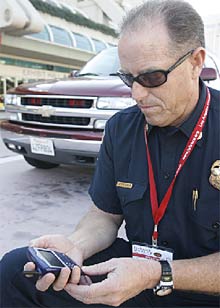For some reason there have been a lot of stories about air tankers recently.
From the Redding Record Searchlight Online, an excerpt:
The Sonoma County widow of one of two air tanker pilots killed while fighting a fire in Mendocino County in 2001 has lost her bid to seek federal death benefits.
The U.S. Supreme Court on Tuesday denied an appeal filed by Christine Wells-Groff of Windsor to seek federal death benefits for her and other widows of firefighting pilots, including the widow of a Redding man, killed in the line of duty.
The widows are not entitled to federal death benefits — about $250,000 — because, unlike other public safety employees killed on the job, the pilots worked for a company that contracted with the state and were not public employees.
Wells-Groff’s husband, Larry, 55, and 45-year-old pilot Lars Stratte of Redding, were killed near Hopland on Aug. 27, 2001, when their air tankers collided while fighting a 242-acre brush fire. Both men were employed by San Joaquin Helicopters, a Delano-based company, under contract with the California Department of Forestry and Fire Protection.
The Aerial Firefighter Relief Act, which was introduced in December, would extend federal death and disability benefits to contract pilots and air crews killed or injured while flying official firefighting missions for state or federal agencies. It would also make the coverage retroactive to 1976.
The legislation is a companion to legislation introduced in the House of Representatives by Rep. Barbara Cubin, R-Wyo.
Wells-Groff and Stratte are among dozens of tanker pilots’ widows denied death benefits since 1980, when the U.S. Department of Justice decided that tanker pilots are excluded from federal death benefits.






